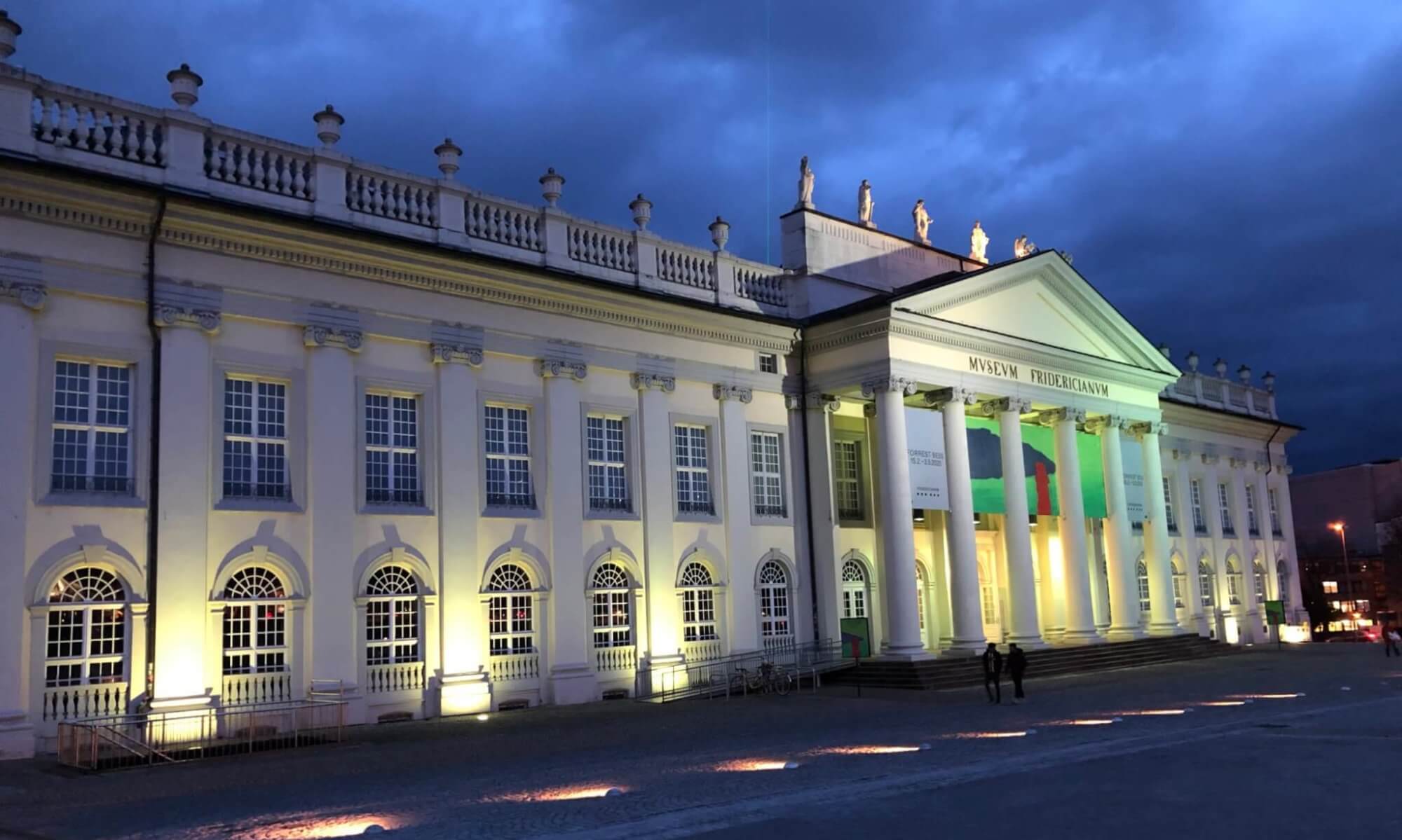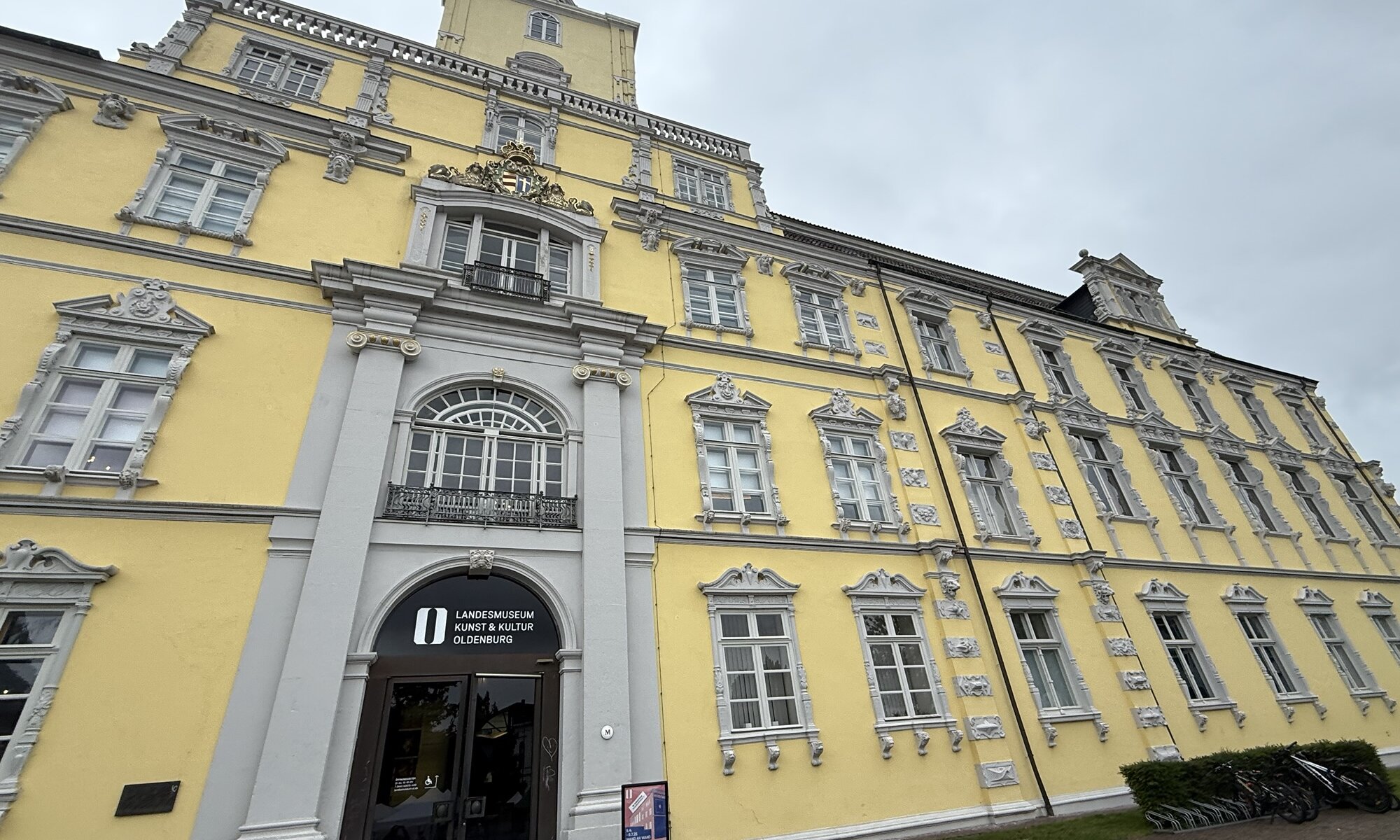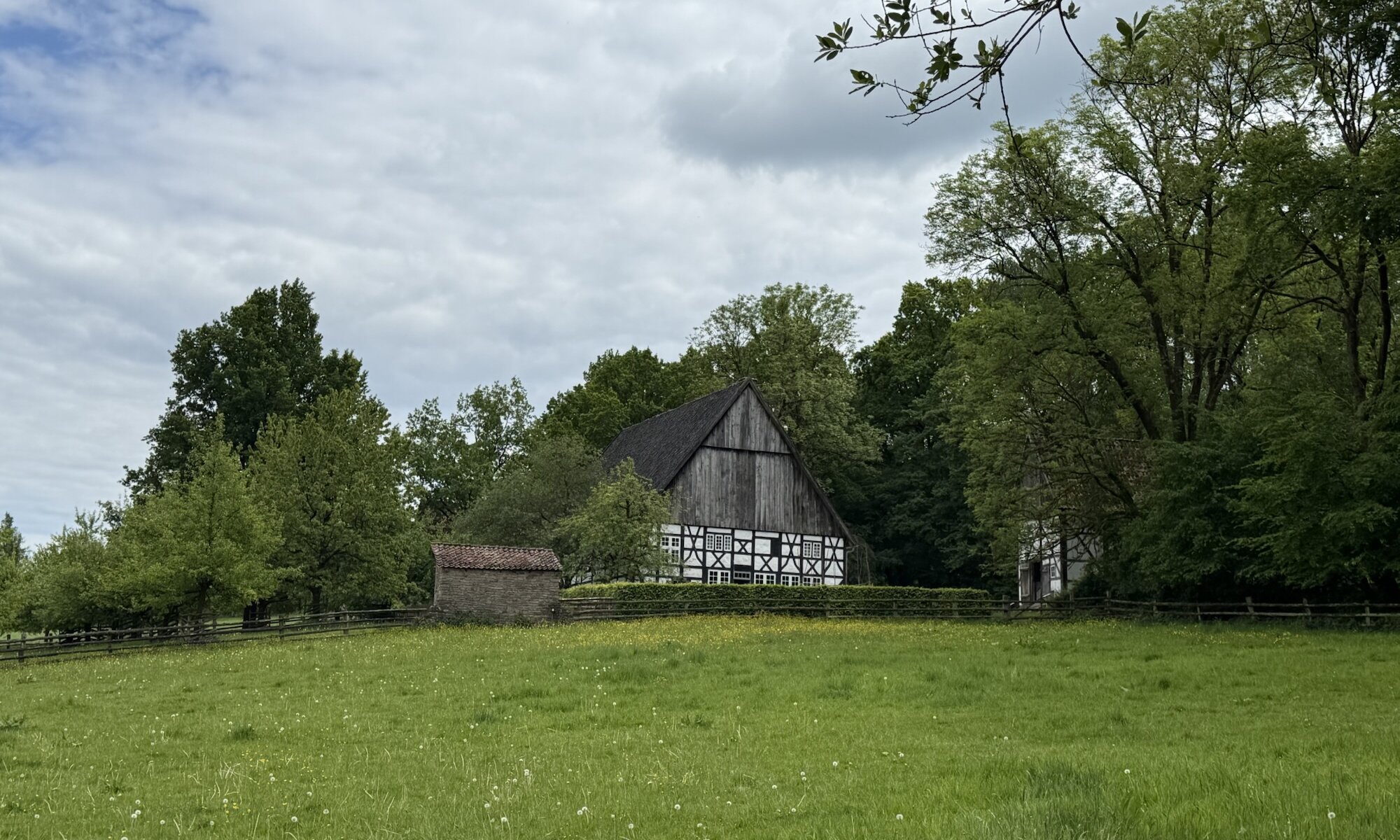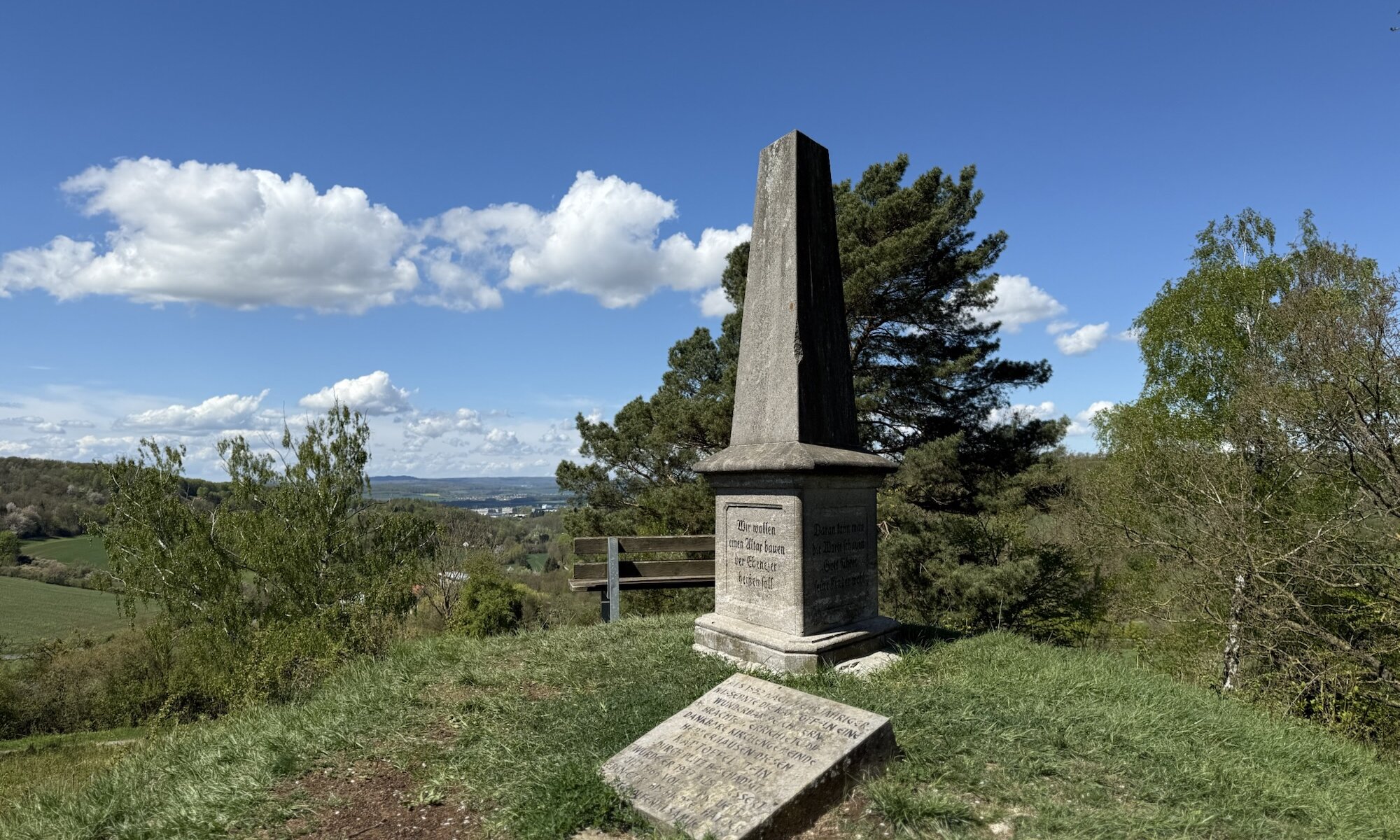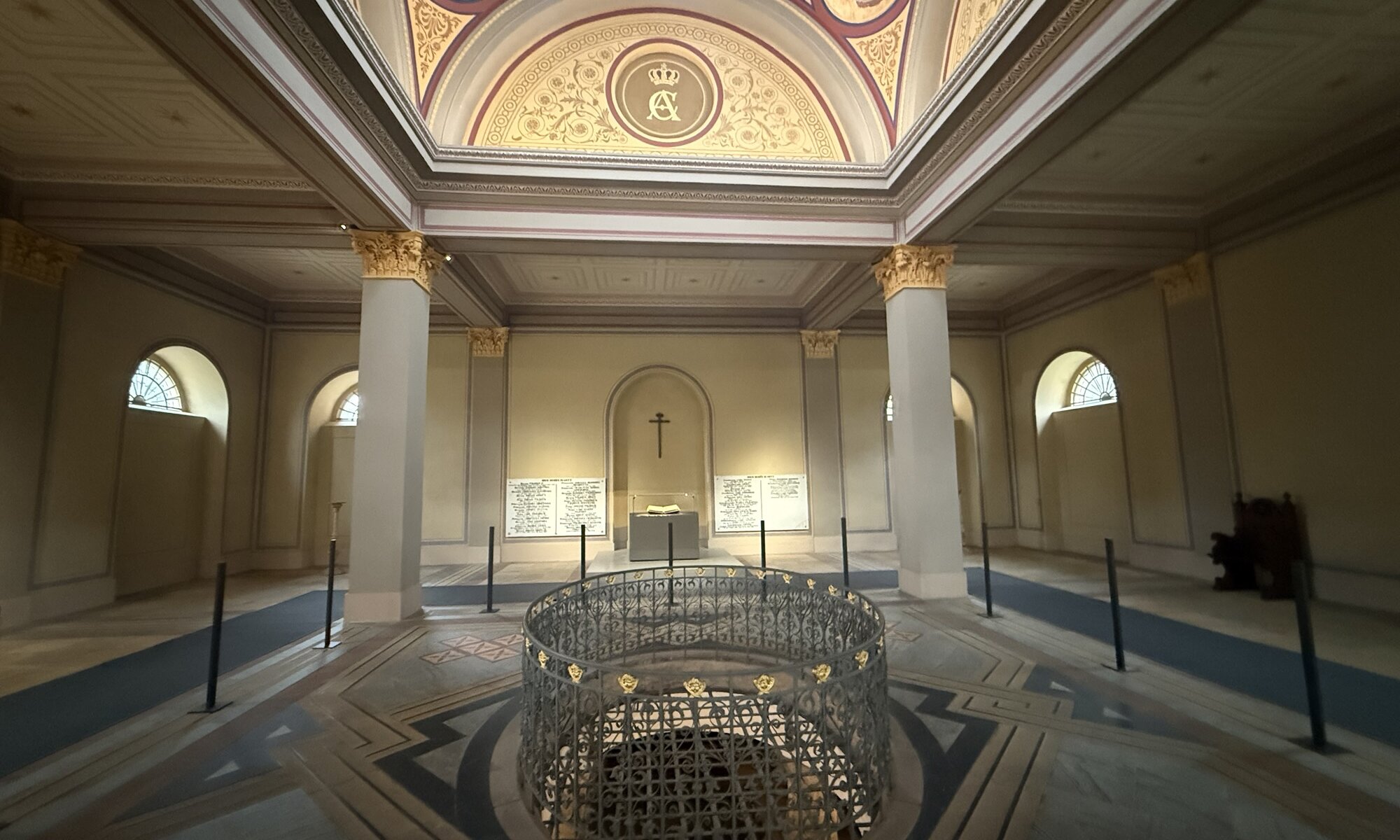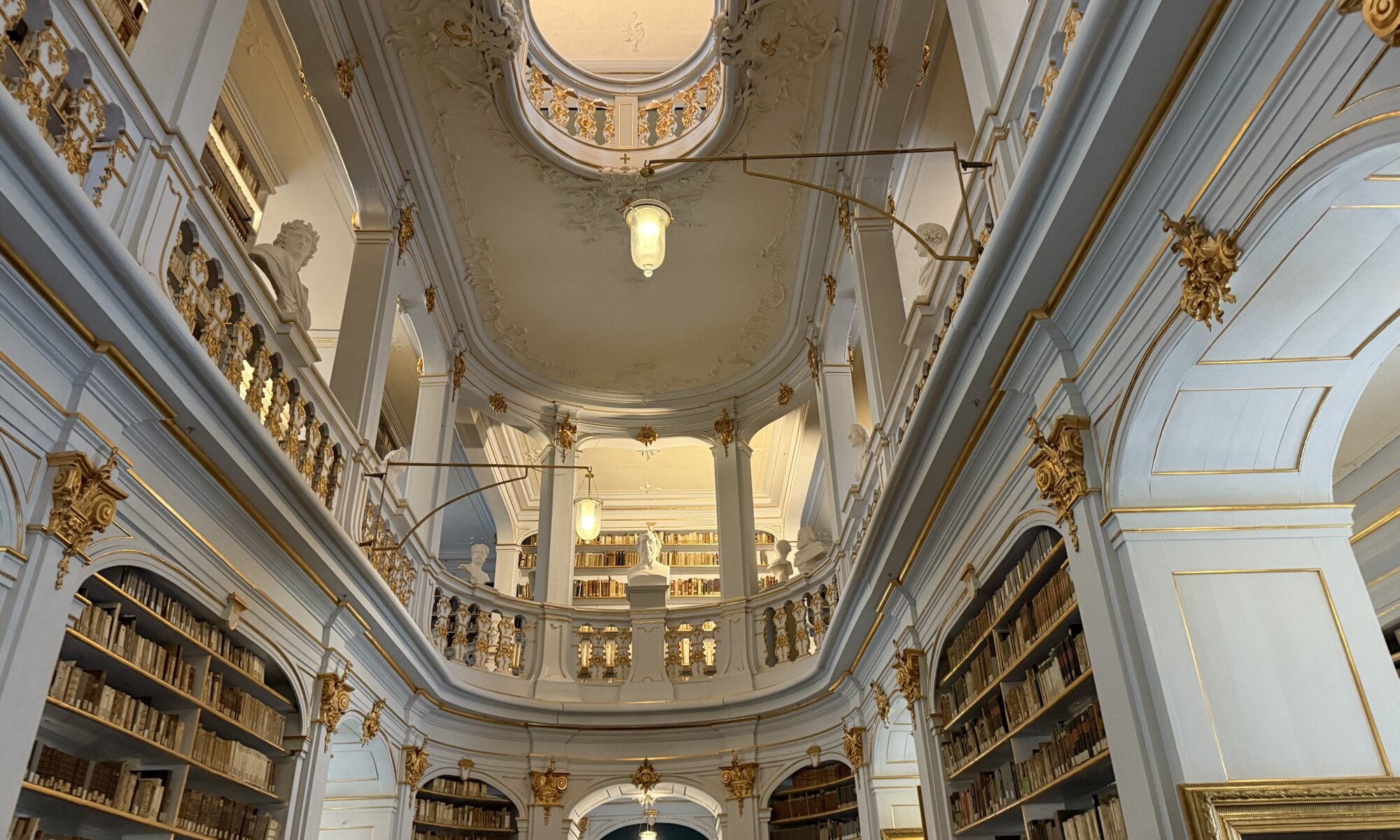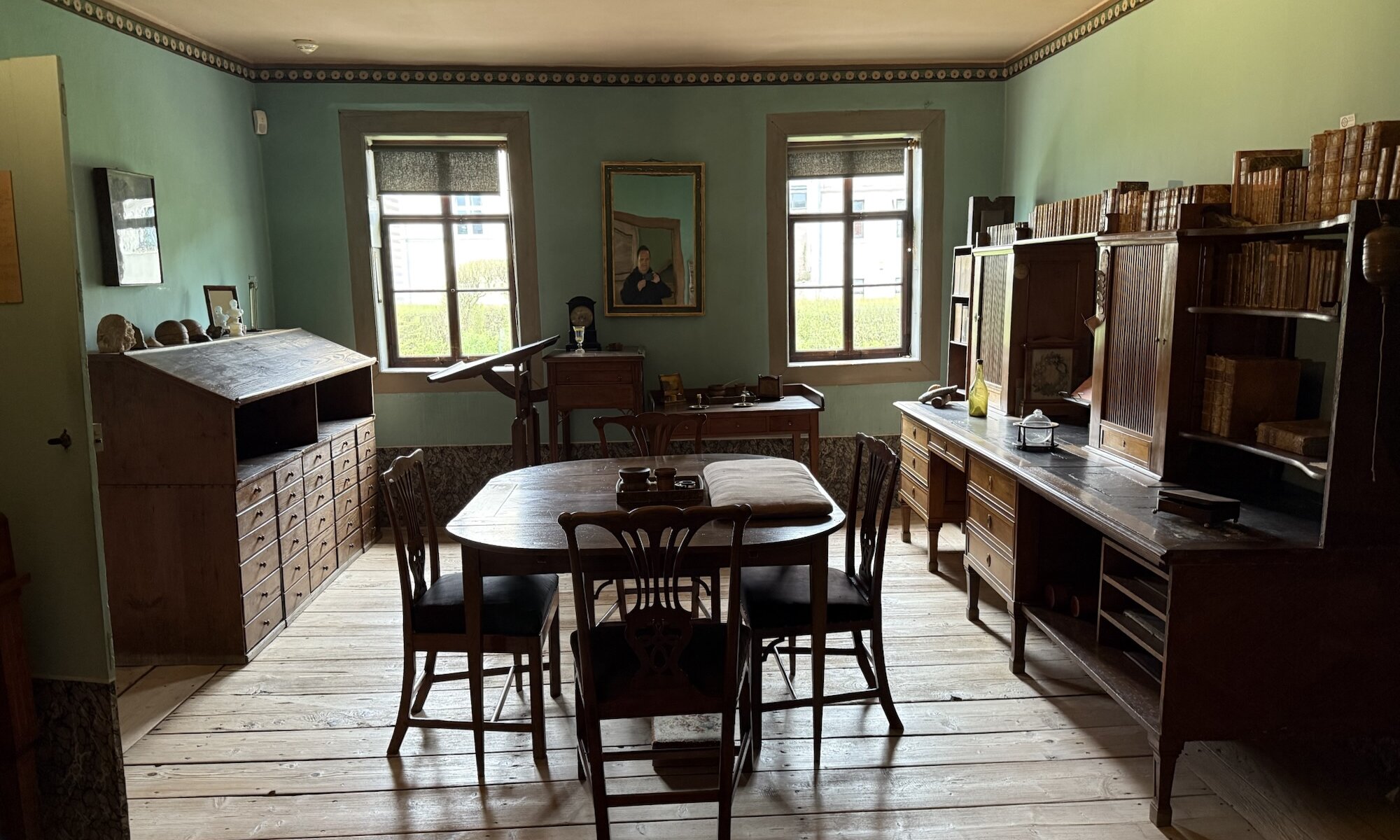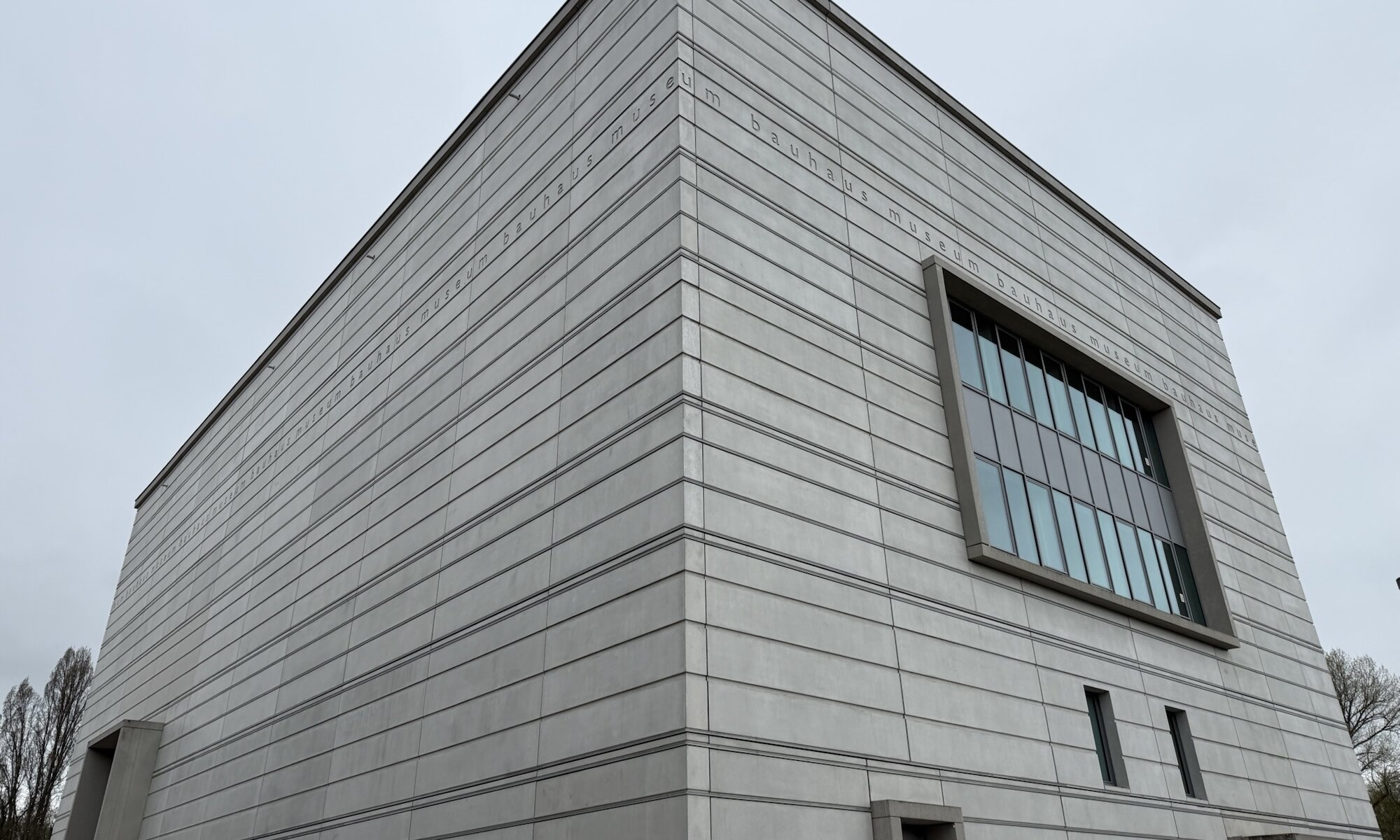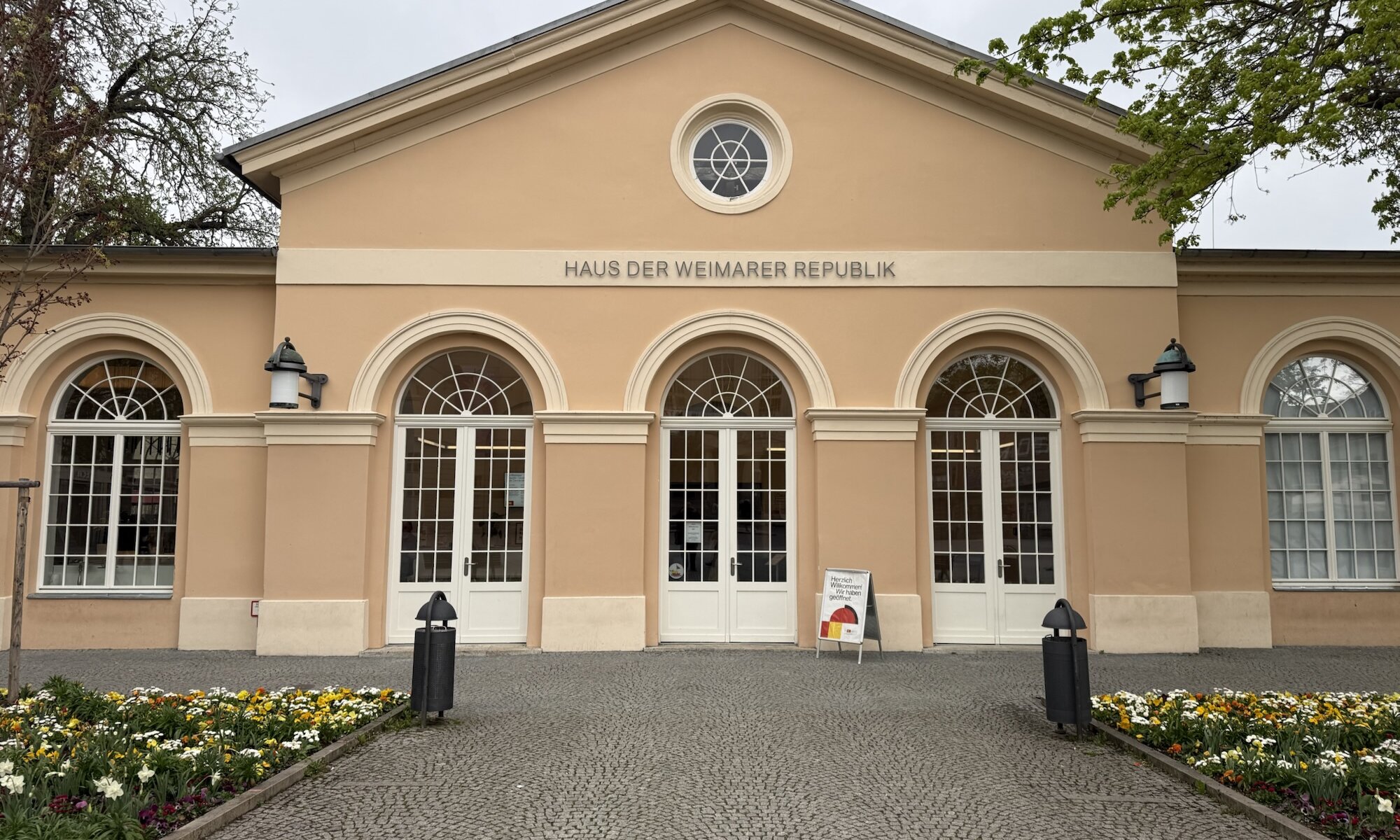The Landesmuseum Natur und Mensch in Oldenburg is a fascinating destination for anyone interested in the interplay between people and the natural world. Housed in one of Germany’s oldest museums, its exhibitions focus on the diverse landscapes of the region, from moorlands to marshes and the Geest. Visitors can explore permanent displays that highlight the natural habitats for local flora and fauna, as well as the ways humans have shaped and adapted to these environments since the Stone Age. The museum also features an aquarium showcasing the underwater world of the Hunte river and a mineral vault with precious stones and minerals.
Continue reading “Mensch und Natur”Schloss Oldenburg
The Schloss at Oldenburg is a striking example of Renaissance architecture, built primarily in the early 17th century on the site of a medieval lowland castle dating back to around 1100. The transformation into a residential mansion was initiated by Count Anton Günther of Oldenburg, who modeled it after Italian palazzi, resulting in a four-wing complex with Renaissance-style façades adorned with sculptural details. Over the centuries, later rulers added elements of Classicism and Neorenaissance, giving the Schloss a rich architectural layering that reflects its long history as a seat of power and culture in the region.
Continue reading “Schloss Oldenburg”Alltagskultur
Visiting the Freilichtmuseum at Detmold is like stepping back in time to experience 500 years of Westphalian rural life. Spread across more than 90 hectares of picturesque landscape, the museum features over 100 original historical buildings that have been carefully relocated and reconstructed from various regions of Westphalia. As you wander through the grounds, you can explore authentic farmhouses, workshops, and village structures, all furnished true to their eras, giving a vivid impression of how people once lived and worked in this part of Germany.
Continue reading “Alltagskultur”Arminius
Hermann was a chieftain of the Cherusci tribe who famously led a coalition of Germanic tribes to victory against the Romans in the Battle of the Teutoburg Forest in 9 AD. The name ‘Hermann‘ was popularized in the 16th century as a translation of ‘Arminius‘, possibly first by Martin Luther, and means ‘man of war‘ in Old High German. Arminius had been trained by the Romans but turned against them, orchestrating one of Roma’s most devastating defeats.
Continue reading “Arminius”Kartoffelstein
The Kartoffelstein near Herberhausen is a commemorative stone that was erected in 1852 by the Herberhausen parish. The occasion was the end of a severe famine caused by several successive potato crop failures, especially in 1846. After a finally successful potato harvest, the community set up this stone as a sign of gratitude. The original stone, an old gravestone from the Roringen cemetery, was damaged several times by lightning and was reworked in 1937 and replaced in 1966 by a weatherproof version made of shell limestone.
Continue reading “Kartoffelstein”Fürstengruft
The Fürstengruft in Weimar is a neoclassical mausoleum located on the historic cemetery of the city, built between 1823 and 1828 as the burial place for the ducal family of Sachsen-Weimar-Eisenach. The structure features a doric columned entrance, a chapel with a star-adorned dome, and an underground crypt. Its sober architecture was intended to reflect dignity and simplicity, with an oval opening in the floor through which coffins could be lowered into the vault below.
Continue reading “Fürstengruft”Rokokosaal
The Herzogin-Anna-Amalia-Bibliothek in Weimar is one of Germany’s most renowned libraries, celebrated for its rich collections and its role as a center for European literary and cultural history. Established in 1691, the library houses over a million works, with holdings ranging from medieval manuscripts to modern texts. Its historic building, part of the UNESCO World Heritage ensemble ‘Classical Weimar‘, stands as a testament to centuries of cultural preservation and intellectual life.
Continue reading “Rokokosaal”Goethe-Nationalmuseum
The Goethe-Nationalmuseum in Weimar is the most significant museum dedicated to the life and achievements of Johann Wolfgang von Goethe. Located at Frauenplan, the museum centers around Goethe’s original baroque residence, where he lived for nearly fifty years. The house, carefully restored to reflect its state during Goethe’s final years, is complemented by a garden and two early 20th-century museum extensions that provide additional exhibition space.
Continue reading “Goethe-Nationalmuseum”Bauhaus
The Bauhaus-Museum is a striking, minimalist building located in the heart of Weimar, Germany. Its clear geometric form and spacious forecourt invite visitors to explore the roots of one of the most influential art and design movements of the 20th century. Inside, the museum houses the world’s oldest Bauhaus collection, with over 13,000 objects and documents, including iconic pieces like the Wagenfeld lamp, Marcel Breuer’s slatted chair, and Marianne Brandt’s teapot. The exhibitions are thoughtfully arranged across several floors, guiding visitors through the early years of the Bauhaus and its radical experiments in art, design, and daily life.
Continue reading “Bauhaus”Weimarer Republik
The Haus der Weimarer Republik in Weimar is a museum dedicated to the history and legacy of Germany’s first democracy, the Weimar Republic. Located directly on Theaterplatz, it stands opposite the Deutsches Nationaltheater, the very place where the national assembly met in 1919 to draft and adopt the new democratic constitution. Visitors to the museum can explore interactive exhibits, original documents, photographs, and multimedia installations that vividly illustrate the turbulent years of the Weimar Republic, from its hopeful beginnings to its tragic end.
Continue reading “Weimarer Republik”